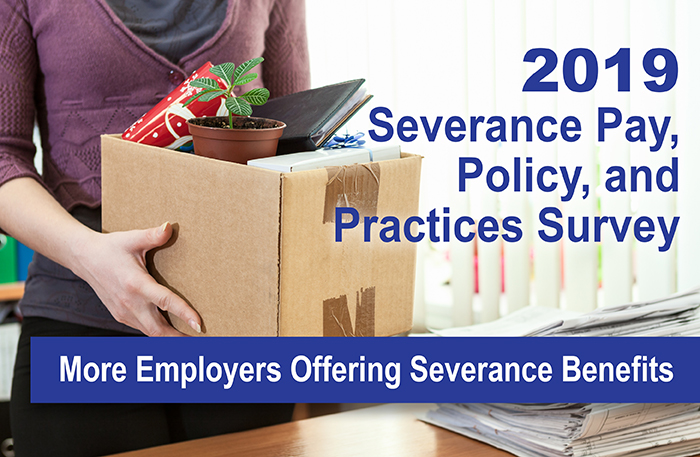
By Jason Rowe, courtesy SBAM Approved Partner ASE
Michigan employers are offering severance benefits to more employees at all levels. ASE’s recently released 2019 Severance Pay, Policy, and Practices Survey reports increased eligibility in benefit offerings to all employee groups. Employees in technician roles saw the largest increase in their eligibility for severance benefits at 11%.
ASE is not alone in these findings, a survey conducted by career transition service firm RiseSmart reported that 44% of organizations offer severance benefits to all workers, representing a 6% increase from 2017.
Also on the rise are the number of organizations that have provided severance pay or outplacement assistance in the last 12 months. In 2019, there has been an 11% increase (63%) compared to 52% in 2016.
This year the number of employers (50%) with no documented plans and policies decreased compared to 56% in 2016. 73% of organizations do not have a set policy on when employees are eligible for severance benefits after getting hired. Instead, eligibility is determined on a case by case basis.
Similar to 2016, when severance pay is provided to an employee it is contingent upon signing a separation agreement or waiver that relieves the organization from liability or future liability nearly 100% of the time according to employers.
Most employers continue to use years of service as the basis for the calculation of severance benefits (80%), with 57% of employers providing 1 week of pay per year of service. The most common minimum amount of cash severance that can be provided to an employee is 3 weeks pay, whereas the most common maximum amount of cash severance that can be provided to an employee is 24 weeks pay.
In 2019, the number of employers (50%) continuing benefits during the severance period dropped 7% compared to 2016. The number of organizations that provided the full subsidy of COBRA also dropped from 44% in 2016 to 36% in 2019.
Also down from 2016 are the number of employers providing outplacement benefits to those affected by a reduction in force/layoff (2016: 51% vs. 2019: 46%). Of those providing outplacement assistance, 90% of them use an outplacement firm to do so.
ASE members are eligible to download the results of the 2019 Severance Pay, Policy, and Practices Survey at no cost from the ASE Dashboard. Non-members interested in obtaining copies of the results should contact ASE Survey Services.